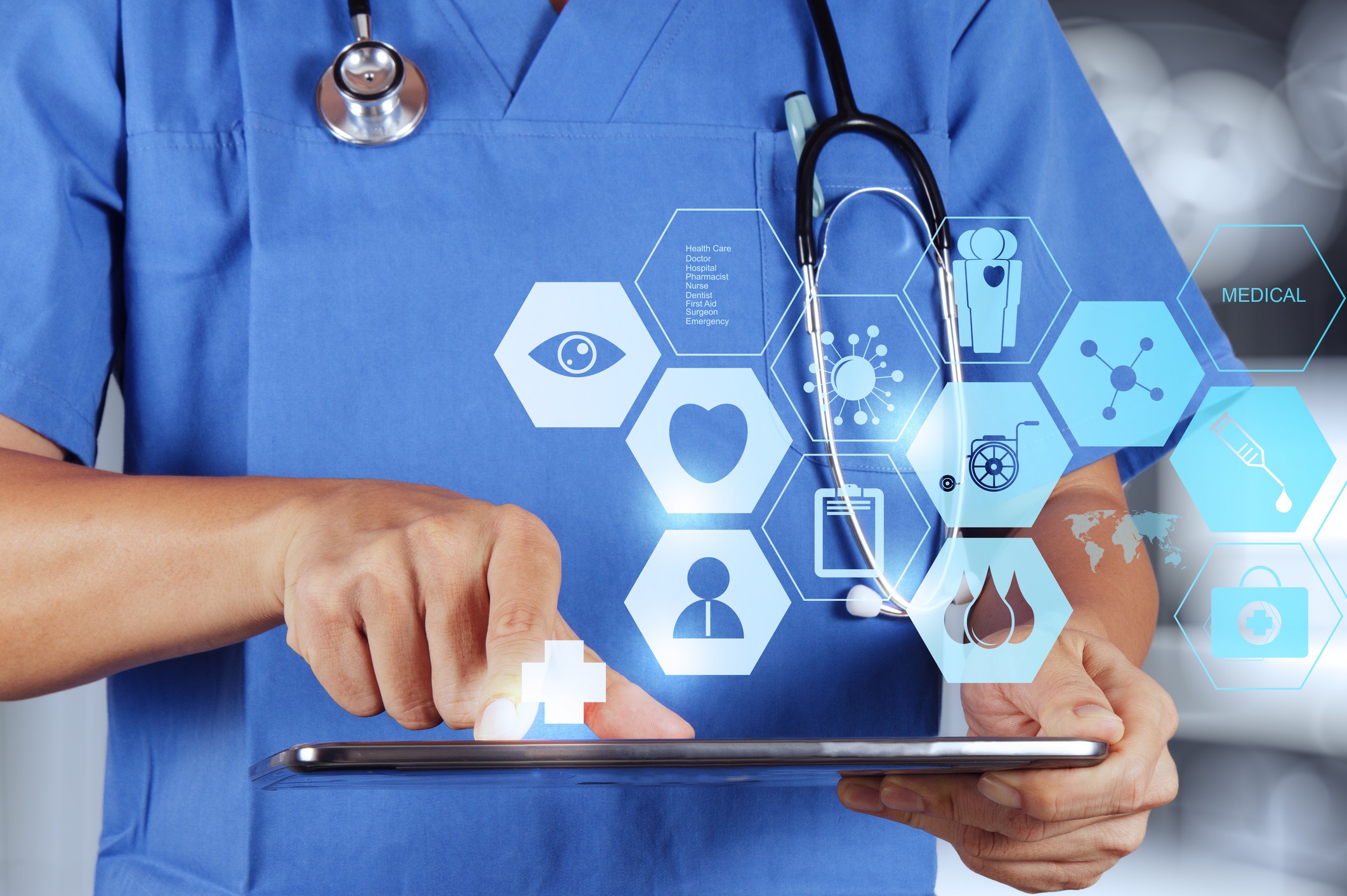The importance of new technologies in expediting decision-making and managing the effects of the Covid-19 pandemic is unequivocal evidence of the significance of digital technology to the healthcare sector.
Every industry is being impacted by the pace of technological advancement, and the healthcare sector is no exception. There has been a significant increase in telehealth services, medical apps, and platforms during the previous two years.
By using these technologies, doctors were able to save lives while keeping a safe distance from their patients.
Legacy systems are still required in conjunction with digitalization since they continue to support the healthcare services we receive today. The ultimate objective is to modernize the healthcare sector while retaining the same level of accessibility through improving execution and safety.
Let’s explore the trends to find out how the digital revolution is affecting the healthcare sector.
1. Telehealth Support
Telehealth enabled underserved patients to access the care they required over the phone or via webcams when healthcare in rural areas was scarce.
According to a study by McKinsey & Company, telehealth use among consumers climbed from 11% in 2019 to 46% in May 2020.
Prior to the pandemic, these services were subject to significant limitations that prevented widespread adoption. However, Telehealth services have developed into a crucial component of the healthcare sector as a result of the COVID-19 pandemic. Now, you can make an online appointment and get a consultation without even leaving your home thanks to a range of medical apps.
It’s estimated that approximately $250 billion – or 20% – of all Medicare, Medicaid, and commercial payor outpatient, clinic and home health spending could potentially be shifted to virtual care, according to the McKinsey & Company study.
2. Artificial Intelligence:
Artificial intelligence (AI) demonstrated its importance for the future of healthcare throughout the pandemic. AI helped increase the effectiveness of evaluating global data, predicting the COVID-19 virus’s global spread, researching the virus’s effects on mental health, and speeding up the analysis of CT scans. Advanced technology like A.I. has made a huge impact on the healthcare industry and has saved many lives.
According to Insider Intelligence, 30% of healthcare costs are associated with administrative tasks. AI can automate some of these tasks, like pre-authorizing insurance, following up on unpaid bills, and maintaining records, to ease the workload of healthcare professionals and ultimately save them money.

Even Though Artificial intelligence, or AI, has long been used in the healthcare industry, the advancement of this kind of technology in the healthcare industry has picked up speed recently.
3. Machine learning:
The American Hospital Association has published its 2020 strategic report to the Healthcare IT News Platform. Among the other top trends, machine learning in healthcare as an effective solution was singled out.
Machine learning is utilized in this industry as a means of gathering, analyzing, and utilizing data in order to automate some repetitive processes so that medical professionals can focus on other work that has a greater added value. By 2030, these technologies will be fully developed in the e-health industry.
Numerous applications are possible, including patient triage and orientation, accelerated drug development, virtual assistant-assisted diagnosis, computer-assisted surgery, and epidemiological prevention. These diverse applications can be found all along the healthcare continuum.
4. Bioprinting
Human organs can be 3D manufactured using the bioprinting technique. As strange as it may sound, that is the healthcare system of the future, which has already undergone clinical testing. Although we are producing organs instead of typical 3D-printed objects, the process is very similar.
A computerized representation of the tissue is first made. To reduce the likelihood of rejection, the organ should ideally be produced utilizing the cells of the recipient.
Numerous 3D printing collaborations have been established in the healthcare industry since 2018 to enhance R&D and technology. These include joint ventures with other 3D printing businesses, the pharmaceuticals sector, academic institutions, and research organizations.
Together, Biogelx and Regemat3D have created a new skin model and comprehensive bioprinting services for research facilities. The Lumen X Digital Light Processing (DLP) bioprinter was created in collaboration between Cellink and Volumetric Inc. to create substantial vascular systems. The technologies of 3D Systems and Collplant were combined to create synthetic scaffolds and tissues. Bioprinting has been around for a while, but because of the risks involved, progress has been slowed down.
5. IoT, or the Internet of Things:
Wearable technology, monitoring, and integrated apps are used in the rapidly expanding sector of medical IoT to meet healthcare demands. The medical Internet of Things (IoT) can offer improved versions of conventional medical devices, which can be synced with a patient’s smartphone app.
Patients can continue their daily activities while using wearable technology. The frequency of in-person consultations can be decreased while healthcare providers can remotely assess patients’ conditions with real-time data insights. Many IoT devices will become more affordable as technology advances, bringing us one step closer to health equity.
The worldwide IoT in the healthcare market is estimated to develop at a CAGR of 18.0%, reaching US$ 952.3 Billion by 2032. It is currently projected to reach US$ 181.4 Billion in 2022.
Conclusion
These are the present trends, but healthcare technology will advance year to year to provide us with more useful and effective technologies that keep us healthy.
Our platform, Total Health Solutions is consolidating, inventing, and accelerating technologies in the digital health sector. Our technology stack is both doctor & patient-friendly, ensuring better healthcare infrastructure in India!

